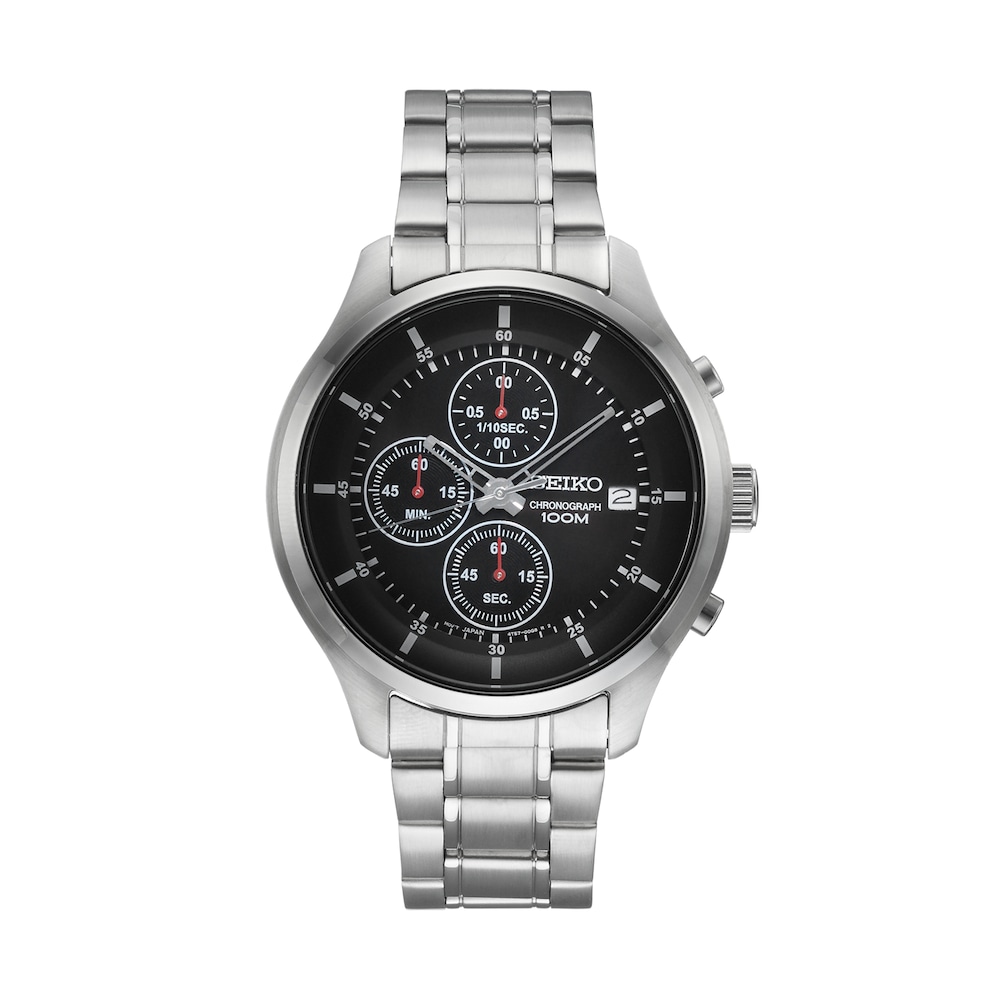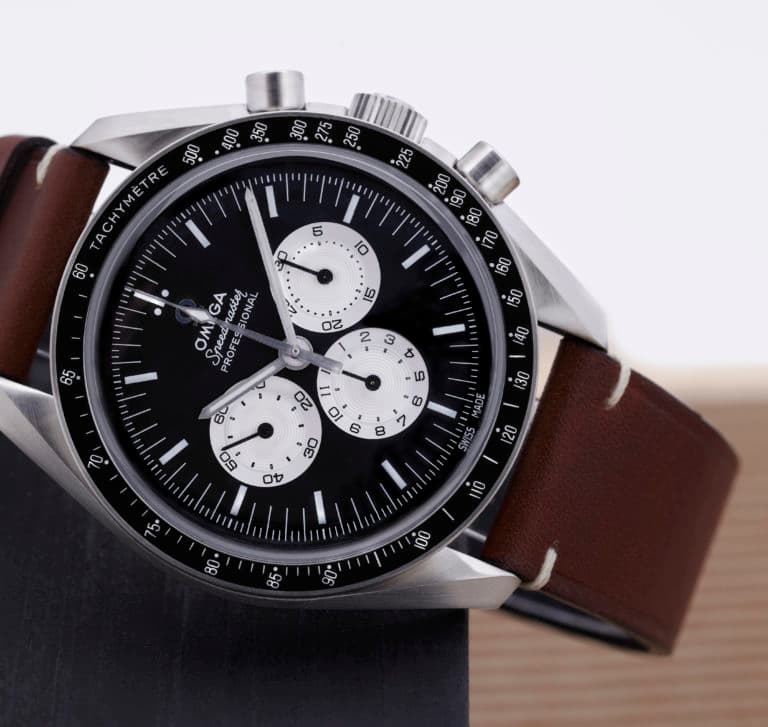Many first time watch buyers pick a watch exclusively for its outer looks. But what shoppers should be focusing on are its inner mechanics. You can’t go wrong with any choice, but depending on what you’re looking to get out of your watch it is important to know whether you need quartz or mechanical.
Quartz movements power the watch via batteries and quartz crystals. The electricity omitted from the battery vibrates the quartz which activates motors to help bring accurate time to a timepiece. Watches that have these kinds of movements tend to be more affordable and do not require much maintenance, seeing that any user would just have to replace the battery. The batteries tend to last long for these watches as well, with most being fully operational for 1-2 years.

Photo by TrueFacet.com
Quartz watches started popping up around the late 60s, providing an alternative to the expensive movement watches of the time. Brands like Seiko led the pact in wristwear technology and were two of the first watchmakers to put quartz watches into the mainstream. Since its introduction, quartz movement has been adopted by many brands around the world, coming in a variety of styles, case sizes, and colors.
Quartz watches are perfect for those that are just getting into the hobby and do not want to spend more than $300, although there are some quartz watches such as Cartier’s Tank model that can reach over $11K. Many popular lines like Seiko and Timex carry a wide variety of quartz pieces that hold similar qualities, such as precise timekeeping and long-lasting functionality, found in your common mechanical watch. If you just need a watch that is efficient, straight to the point, and is reasonably priced, then a quartz watch is for you.
_________________________________________________________________
Mechanical watches hold the oldest kind of movement. The mechanical movement is split into two categories: manual and automatic. The only difference between the two is that manual watches operate on hand-wound action, while automatic watches generate power from being worn, running on consistent movement from the wearer.

Photo by Alpha Europe
Most well-known, high-end brands, such as Rolex, Tudor, and Audemars Piguet, are home to many mechanical watches. Watches such as these can run you in the thousands depending on the model but are worth every penny. For starters, they are sturdy, with many 100 year old mechanical watches being operational today. They are also made of precious metals and premium designs, such as a Rolex Submariner and Omega Speedmaster. The selling point for many of these watches is their significant historical value, with some, like the Rolex Explorer, being the first watch to aid climbers up Mt. Everest.
Mechanical watches are usually preferred for the more experienced watch enthusiasts but that should not deter new hobbyists from enjoying these pieces of jewelry. For their durability and innovative design alone, mechanical watches are worth every penny.
_________________________________________________________________
Bottom line, whether you’re just getting into watches or have been at it for years, it’s what’s inside that counts. Each type of watch provides accurate timekeeping and can hold a lot of life within them. No matter what your budget, you can find a watch that fits your lifestyle and needs.



























